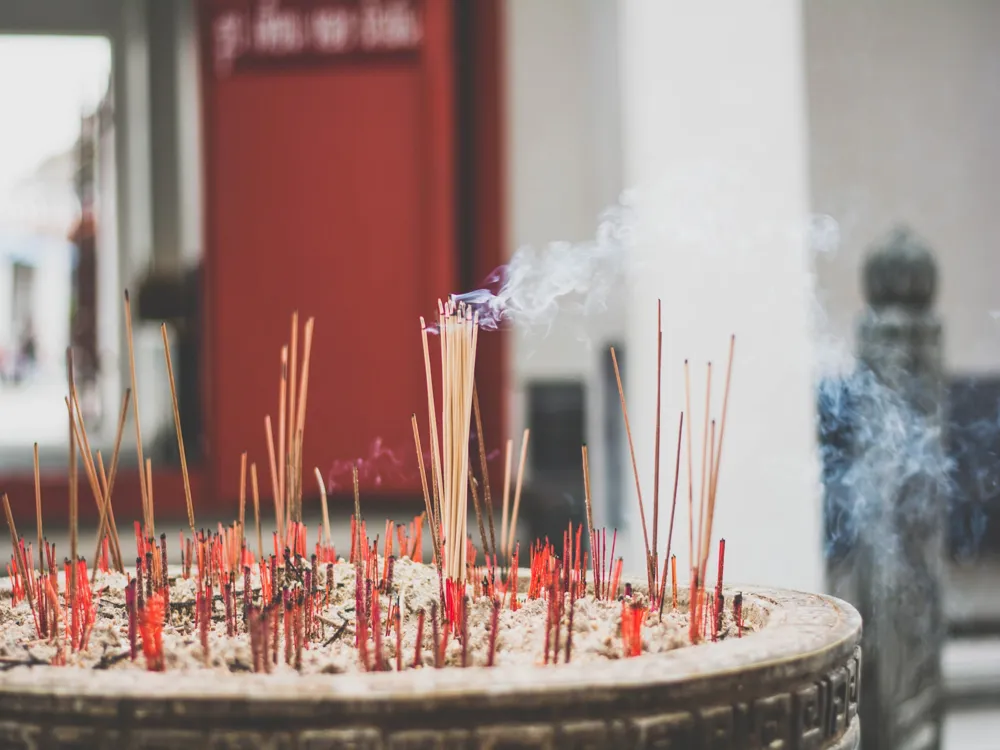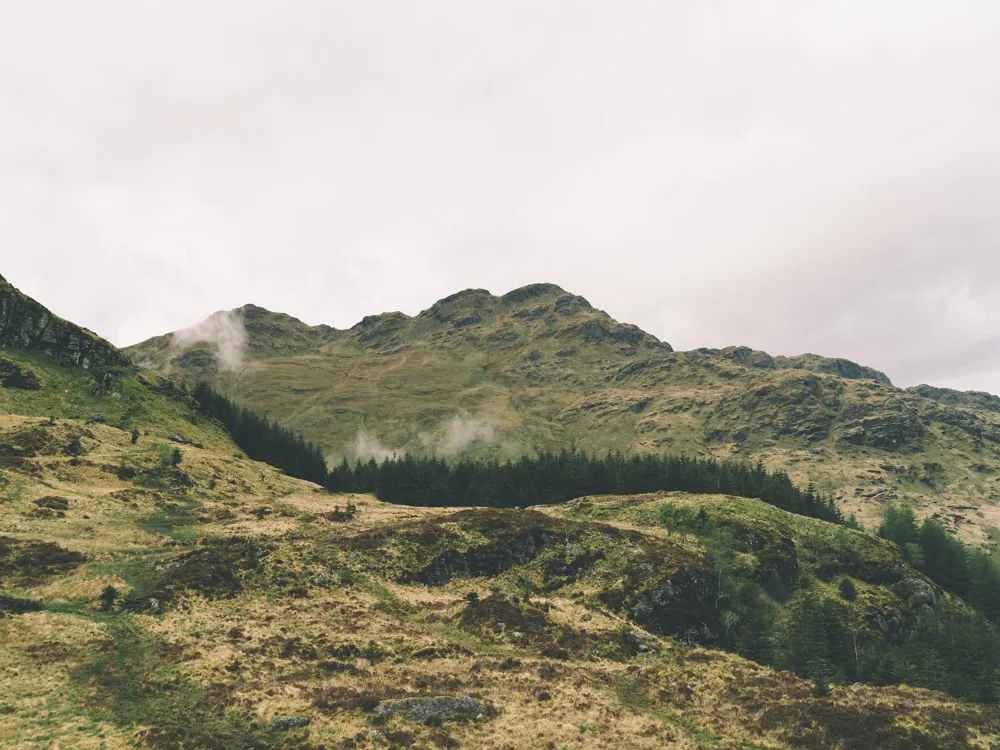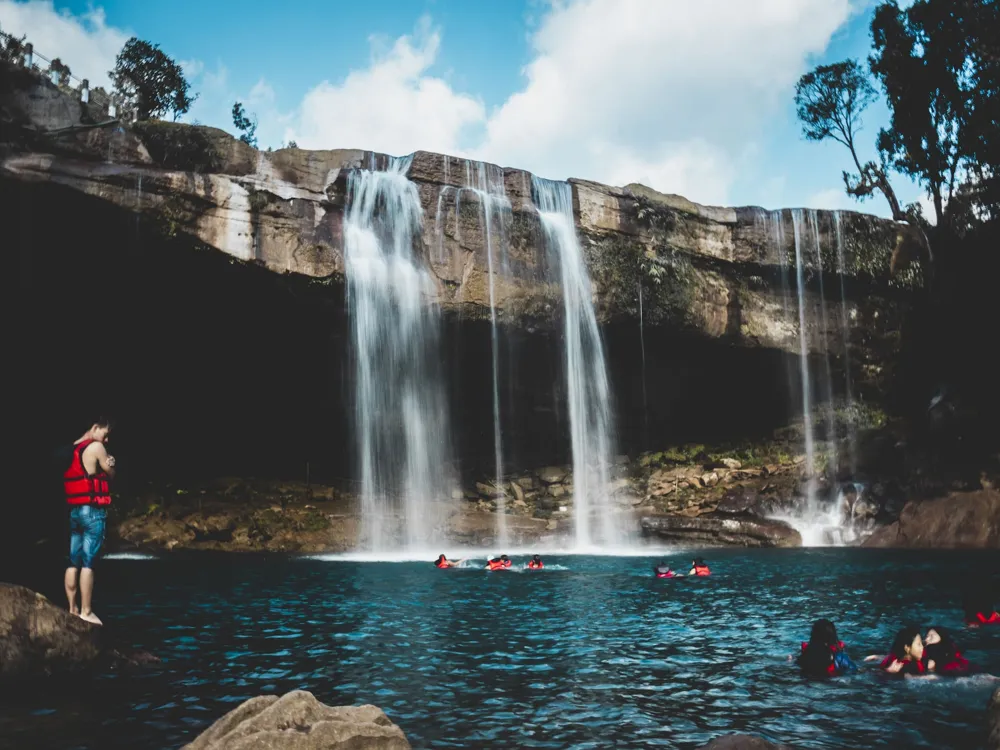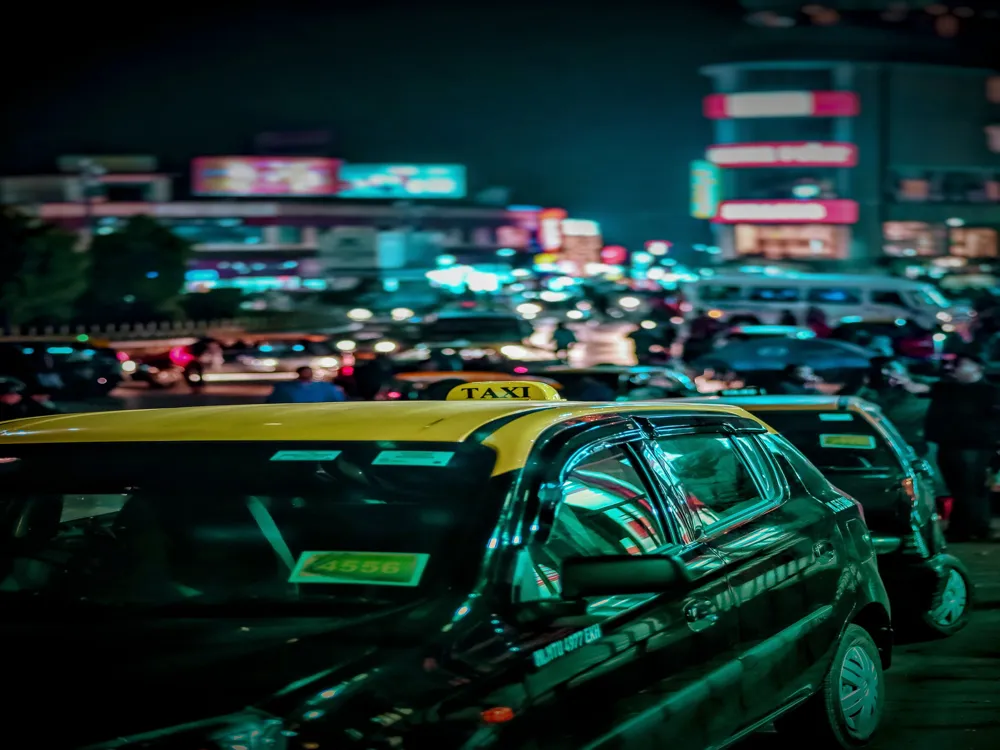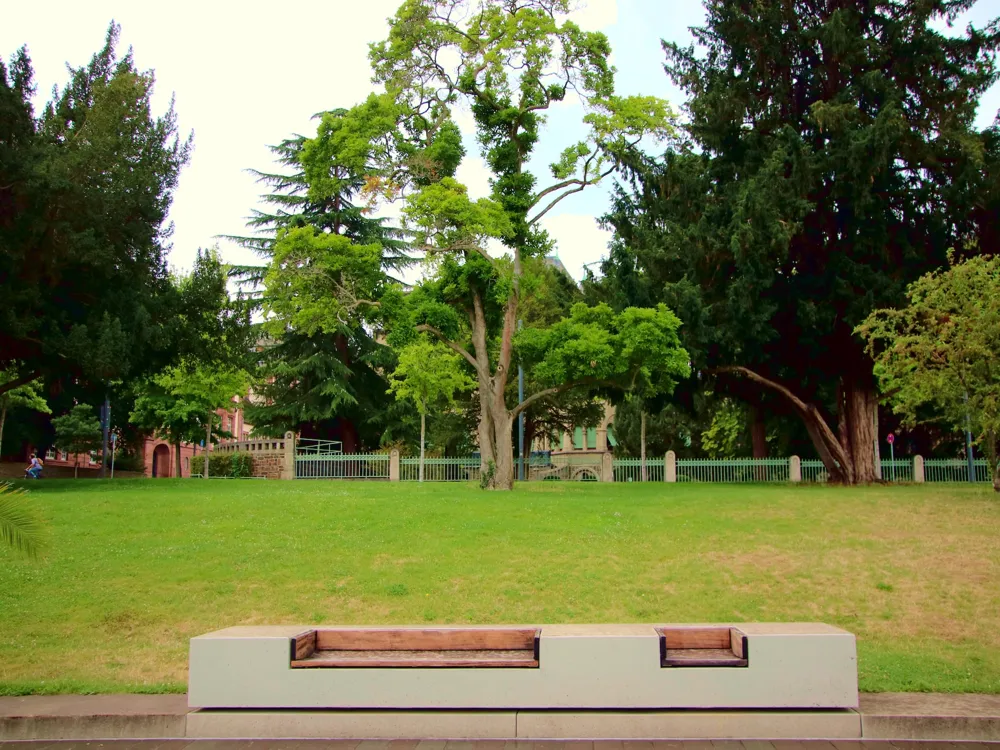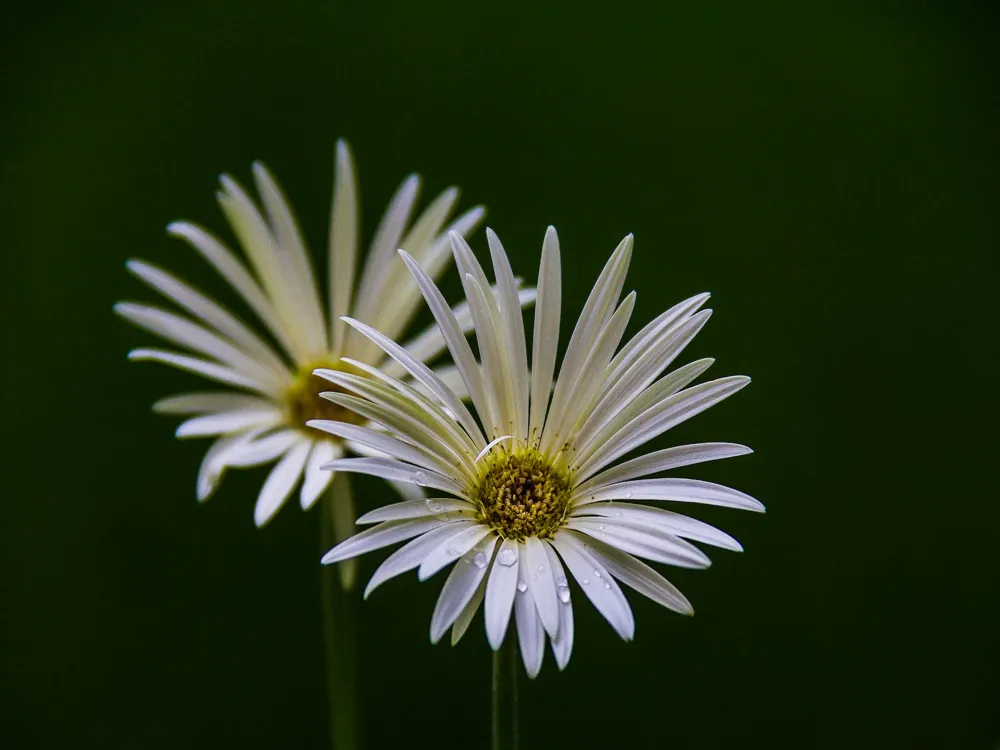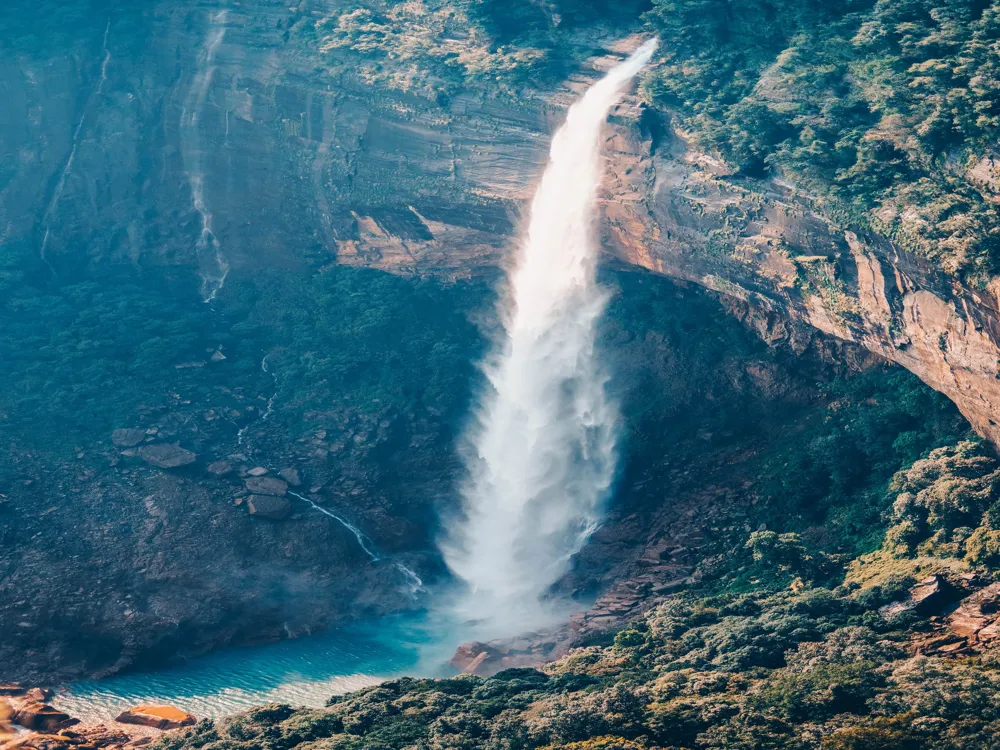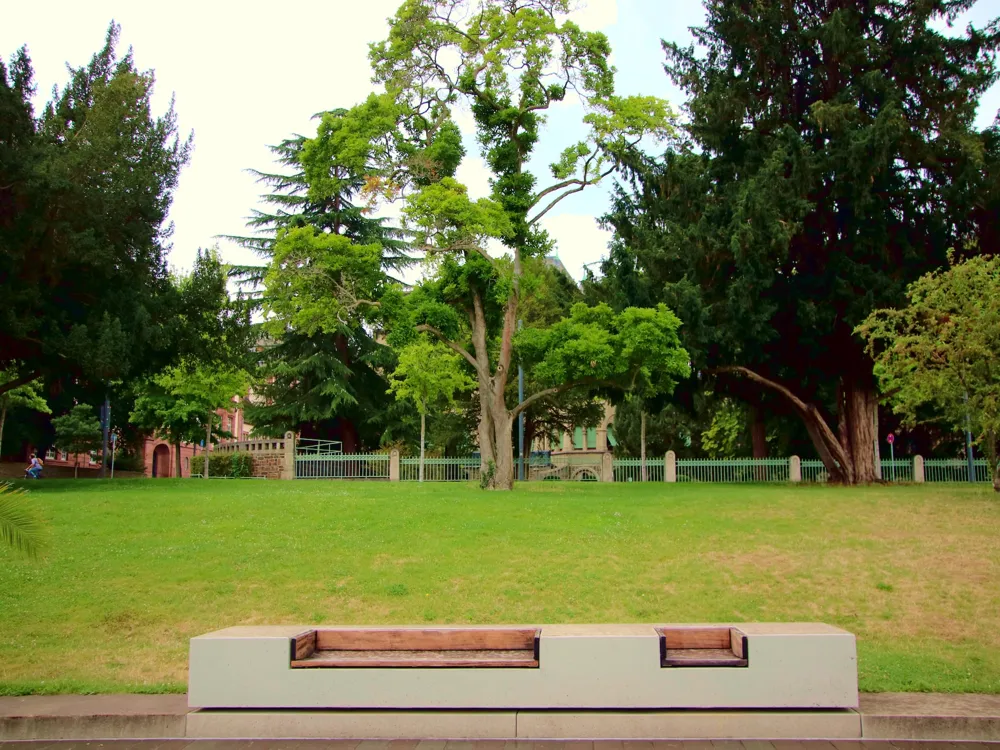Nestled in the heart of Assam, in the Marigaon district, lies the hidden gem of Sivakunda. This serene and picturesque site is not just a place of natural beauty but also a locale steeped in rich history and cultural significance. Sivakunda, often overlooked in the mainstream tourist circuits, offers a unique blend of tranquility and architectural marvel, making it a must-visit destination for those exploring the North-Eastern part of India. The name 'Sivakunda' is derived from Lord Shiva, one of the principal deities of Hinduism, and 'kunda' meaning pond or pool in Sanskrit. According to local legends, Sivakunda was formed from the tears of Lord Shiva, and thus, it has been a place of worship and reverence for centuries. The area around Sivakunda is lush with flora and fauna, providing a refreshing escape from the bustling city life. The greenery, coupled with the mystical aura of the place, offers a tranquil experience to its visitors. Apart from its natural beauty, Sivakunda is a treasure trove of history. It has been a witness to various historical events and transformations over the centuries. The area surrounding Sivakunda is dotted with ruins and artifacts that date back to different eras, each telling its own story of the past. These historical elements add to the charm and allure of Sivakunda, making it a fascinating destination for history buffs and culture enthusiasts alike. The local community around Sivakunda is a melting pot of diverse cultures and traditions. The people here are known for their warm hospitality and rich cultural heritage, which is reflected in their lifestyle, cuisine, and festivals. Visitors to Sivakunda have the opportunity to immerse themselves in the local culture and experience the traditional way of life, which adds to the charm of the place. The best time to visit Sivakunda is between October and April, when the weather is pleasant, and the natural beauty of the place is at its peak. However, the monsoon season, though humid, brings out a different charm of Sivakunda, with the lush greenery and the rain-fed pond adding to the mystic ambiance of the place. The architecture of Sivakunda is a testament to the rich cultural and historical legacy of the region. The main attraction of Sivakunda is the ancient temple dedicated to Lord Shiva, which is an exemplary representation of the architectural styles prevalent in Assam during the medieval period. This temple, though small in size, is significant for its intricate carvings and unique design, which reflects the religious and artistic sensibilities of the era. The Shiva temple at Sivakunda is built in the typical 'Nilachal' style of temple architecture, which is native to Assam. This style is characterized by a pyramid-shaped roof, a curvilinear spire, and a stupa-like pinnacle at the top. The walls of the temple are adorned with carvings and sculptures that depict scenes from Hindu mythology, particularly those related to Lord Shiva. These carvings are not just religious symbols but also serve as a window into the artistic and cultural practices of the time. Another architectural marvel at Sivakunda is the 'Kunda' or the pond itself. The pond is believed to be a natural formation, but its banks have been reinforced and beautified over the years. The steps leading to the pond, known as 'ghats', are built with stone and are a common feature in many sacred ponds and rivers across India. These ghats not only serve a functional purpose but also add to the aesthetic appeal of the place. The area around Sivakunda also features several other smaller temples and structures, each with its own architectural significance. These structures are built using local materials like stone and wood and are reflective of the indigenous building techniques of the region. The architectural ensemble of Sivakunda, with its temples, ponds, and surrounding structures, offers a comprehensive glimpse into the architectural heritage of Assam. The architecture of Sivakunda is not just about the physical structures but also about the intangible aspects that contribute to the overall experience of the place. The layout of the temples, the alignment of the structures, and the positioning of the pond, all are in harmony with the natural surroundings, creating a sense of balance and serenity. This harmonious blend of architecture and nature is what makes Sivakunda a unique and enchanting destination. Sivakunda is not just a tourist spot but a place of religious significance. Visitors are advised to dress modestly and behave respectfully, especially around the temple areas. It's important to understand and respect the local customs and traditions to ensure a harmonious experience. The ideal time to visit Sivakunda is between October and April. During this period, the weather is favorable, and the natural beauty of the area is at its peak. Monsoon season can be enchanting but also challenging due to heavy rains and humidity. While the main attraction is the temple and the pond, visitors are encouraged to explore the surrounding areas, which are rich in flora, fauna, and historical ruins. Taking a walk around Sivakunda can be a rewarding experience, unveiling the less explored facets of the place. Engaging with the local community can enrich your visit. The locals are known for their hospitality and are often happy to share stories and information about Sivakunda's history and culture. Trying local cuisine and participating in cultural activities can be delightful. While photography is allowed, visitors should be mindful of not causing any damage to the site. Using flash photography inside the temple or near sensitive structures is discouraged. It's crucial to maintain the sanctity and cleanliness of the place. Sivakunda, located in the Marigaon district of Assam, is accessible by various means of transportation. The nearest major city is Guwahati, which is well connected by air, rail, and road to major cities across India. From Guwahati, Sivakunda can be reached by road, which is approximately a 2-hour drive. Taxis and buses are available from Guwahati to Marigaon, and from there, local transport can be taken to reach Sivakunda. For those seeking a more adventurous route, trekking options are also available, offering a closer experience of the scenic beauty and rural landscapes of Assam. Read More:Overview of Sivakunda in Marigaon, Assam
Architecture of Sivakunda
Tips When Visiting Sivakunda
Respecting Local Customs and Traditions
Best Time to Visit
Exploring the Surroundings
Interacting with the Local Community
Photography and Preservation
How To Reach Sivakunda
Sivakunda
Marigaon
Assam
NaN onwards
View marigaon Packages
Marigaon Travel Packages
View All Packages For Marigaon
Top Hotel Collections for Marigaon

Private Pool

Luxury Hotels

5-Star Hotels

Pet Friendly
Top Hotels Near Marigaon
Other Top Ranking Places In Marigaon
View All Places To Visit In marigaon
View marigaon Packages
Marigaon Travel Packages
View All Packages For Marigaon
Top Hotel Collections for Marigaon

Private Pool

Luxury Hotels

5-Star Hotels

Pet Friendly


